The Ziegfeld Head
The front yard of an Upper East Side town house hides the last fragment of one of New York's most famous theatres.
The Metropolitan Museum of Art is one of the world’s premiere collections of artwork, displaying countless wonderful sculptures. But just a few blocks away, lying in an anonymous front yard, is a sculpture that would grace that venerable museum.
Next to the stoop of a privately owned brick townhouse on East 80th street lies one of the last remaining fragments of the old Ziegfeld Theatre: a giant head.
The Ziegfeld Theatre was once one of Manhattan’s grandest. Located on the corner of 6th Avenue and 54th Street, it opened in 1927, backed by the money of William Randolph Hearst. The theatre was named for the Broadway impresario, famed for his glitzy synchronized Follies shows, Florenz Ziegfeld, Jr.
The design of Manhattan’s sumptuous new theatre fell to one of the set designers of the Ziegfeld Follies, the Vienna-born Joseph Urban. As befitted the grandiose Hearst, the Ziegfeld Theatre was nothing short of remarkable. The New York Times described it as “a Mount Rushmore of dramatic Art Deco.” A pair of 10-foot-wide classical columns formed an enormous doorway into the theatre that took up an entire city block, topped with beguiling twin female figures, one of whose heads can be found lying on East 80th Street today.
The grand classical Greek style exterior of the Ziegfeld was matched by the ostentatious interior. Capable of seating over 1,600, it was decorated with a vast mural of medieval and biblical themes. The Ziegfeld opened on February 2nd, 1927, with a performance of the musical Rio Rita. The New Yorker reported, “As early as 7 o’clock, great arc lights were turned on the facade of the new structure… among the 1,600 gathered within were women famed for their beauty and grace, men noted as financial giants, artists, social celebrities, and foreign diplomats.”
One of the most notable shows at the Ziegfeld was Jerome Kern’s Show Boat, which ran for nearly 600 performances. Unfortunately, the luxurious surroundings of the theatre suffered during the Great Depression, and it was turned into a single screen movie theatre. Later the structure was leased to NBC as a television studio, only to return to life briefly as a theatre during the 1960s.
Finally, in one of the great losses to New York architecture, the beautiful old theatre, one of the city’s most glittering Art Deco gems, was torn down in 1966 to make way for a modern skyscraper designed in what can best be described as the corporate style. The New York Times reported the tearing down of the Ziegfeld as “an act of urban vandalism… on a par with the destruction of Pennsylvania Station.”
Though the theatre was lost, somehow one of the giant limestone heads of the Greek goddesses who adorned the theatre found its way into a private front yard. Broadway folklore has it that show producer Jerome Hammer asked a friend of his who was working on the construction of the new skyscraper for one of the heads, which was one day installed by crane into his front yard.
Whether that tale is true or not, the giant head nonetheless lies there today, largely unknown and all but forgotten, one of the last remnants of a beautiful theatre sadly torn down.

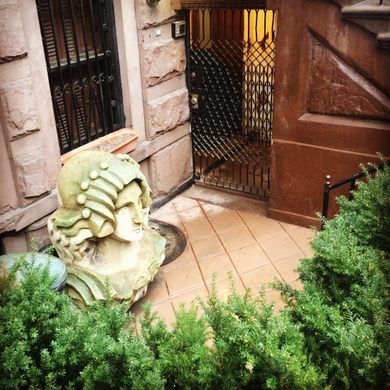





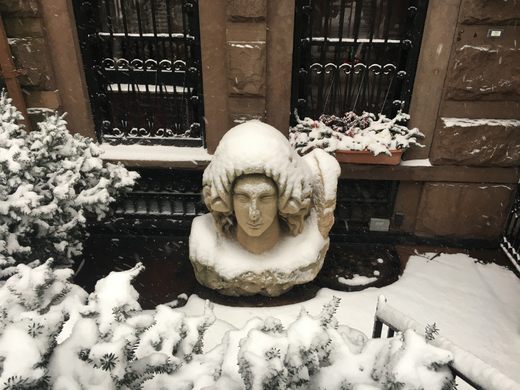
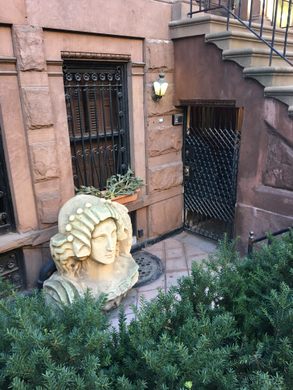












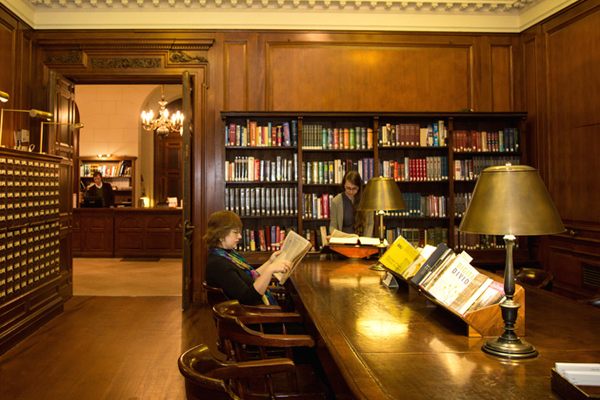
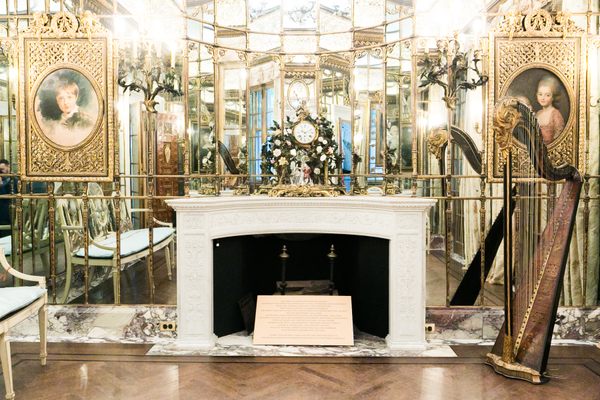
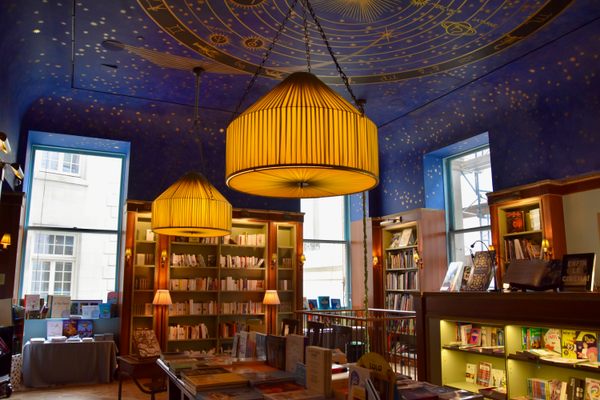




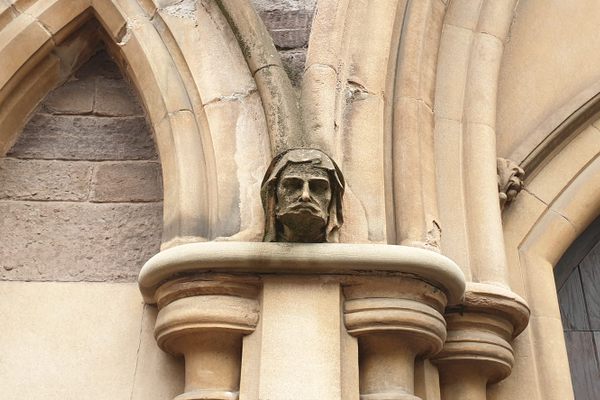


Follow us on Twitter to get the latest on the world's hidden wonders.
Like us on Facebook to get the latest on the world's hidden wonders.
Follow us on Twitter Like us on Facebook